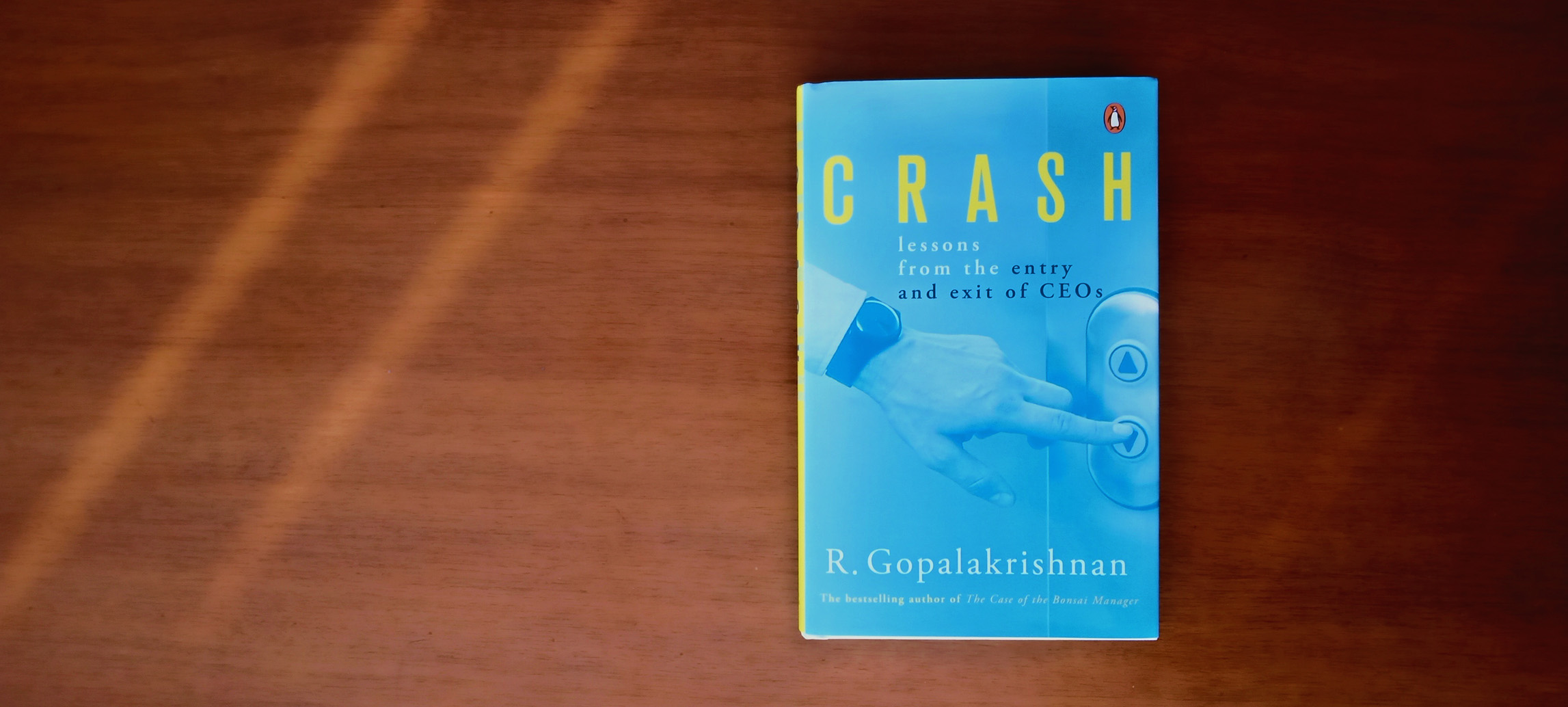In their book, Nine Lies About Work, strengths guru and bestselling author Marcus Buckingham and Cisco Leadership and Team Intelligence head Ashley Goodall show that there are some big lies – distortions, faulty assumptions, wrong thinking – that we encounter every time we show up for work.
Nine lies, to be exact. Here’s an extract from the first chapter, that talks about the first lie i.e. People care which company they work for
From the outside looking in, it’s pretty hard to figure out what it might be like to work for a particular company. If you’re job hunting, you might start by searching online as Lisa did—perhaps on Glassdoor or one of the other job boards where employees can rate their current company—or by talking to friends about where they’ve worked and what their experi- ences were. You might try to talk to a recruiter, although it’s tricky to do that if you’re not yet sure you’re going to apply. You might try to figure it out by reading the coverage of a company in the press, but this can be frustrating, since articles tend to focus more on a company’s products or its strategy, rather than on its culture per se. Wherever you look, you’ll find yourself wondering if what you’re discovering is really representa- tive of the company, and is giving you a good sense of the inside story. In search of more objectivity and breadth, then, you might turn to Fortune magazine’s annual ranking of the 100 Best Companies to Work For.
Fortune publishes its ranking every January, and this issue of the magazine is one of the most widely read of the year. The ranking is based on an anonymous survey of the employees at each com- pany (known as the “Trust Index”), together with a submission that each company puts together describing how it invests in its people and what it has to offer them (called the “Culture Audit”). From all this, the editors at the magazine and the analysts at the Great Place to Work Institute (which conducts the research) put together a list that tells you which companies are the best to work for that year, together with descriptions of the various perks they offer and brief testimony from current employees. In 2018 the top six, in order, were Salesforce, Wegmans, Ultimate Software, Boston Consulting Group, Edward Jones, and Kimpton Hotels, selected for reasons ranging from the pragmatic (paying bonuses for employee referrals, offer- ing Starbucks gift cards during busy times, on-site child day care) to the noble (giving millions of dollars’ worth of reclaimed food to the hungry, building environmentally friendly offices, always trying to promote from within) to the quirky (Salesforce has an entire floor dedicated to ohana, the Hawaiian for family, while Kimpton offers all new hires a welcome care package complete with each person’s favorite snacks).
If you are indeed looking for a job, you read Fortune’s list in search of insights about a given company. What will your colleagues be like? How will they treat you? What will a typical day be like? Will your work be interesting, challenging, and valued? Is this a company that really cares for its people? If you go through the long process of apply- ing, and interviewing, and negotiating an offer, and ultimately land- ing a job there, will this be a company that puts as much into you and your career as you’re going to put into it?
What, precisely, is this list measuring about these companies? Read the submissions, the press releases, and Fortune’s own descriptions of the winners, and the word you land on is culture. Salesforce has a “family culture,” hence the Ohana floor. Wegmans has a culture based on its mission to “help people live healthier, better lives through food.” Kimpton Hotels has an “inclusiveness culture.” Each of these companies, it appears, has figured out what kind of culture it wants to build, and then has made it onto the list because it has been resolute and effective in its pursuit. Judging by these and other examples, this thing called culture really matters. It is potentially more important than what the company does—“Culture eats strategy for breakfast!”— how the company does it, how much the employees get paid, or even the company’s current stock price.
Culture matters, according to the voluminous literature on the topic, because it has three powerful contributions to make. First, it tells you who you are at work. If you’re at Patagonia, you’d rather be surfing. You work in beautiful Oxnard, California, and your onboarding consists of a day-long beach party where you are gifted the CEO’s autobiography—Let My People Go Surfing—and where your first meeting takes place around a campfire. If you’re at Goldman Sachs, then never mind the surfing—you’d rather be winning. You wear your bespoke suit every day because you’re a winner. It means something to say that you work for Deloitte, or for Apple, or for Chick-fil-A—and this meaning says something about you, something that locates you and differentiates you, that defines your tribe.
Second, culture has come to be how we choose to explain success. When Tesla’s stock was on the rise in the early part of 2017, it wasn’t because people were finally getting the electric cars they’d paid deposits for a year earlier—they weren’t. Rather, it was because Elon Musk had created a culture of cool, a place where you couldn’t even see the cutting edge because it was so far behind you. When Toyota had to recall over six million vehicles, the direct cause was a problem with the shift-lever assembly, but the deeper explanation we arrived at was that it was a problem with their polite yet win-at-all- costs culture.
And third, culture is now a watchword for where we want our company to go: almost overnight, a big part of the job description of senior corporate leaders has become to create a specific sort of culture, a culture of “performance,” perhaps, or a culture of “feedback,” or a culture of “inclusion,” or a culture of “innovation”; to shape the direc- tion of the company they lead by infusing it with particular traits that govern how people behave. Beyond explaining the now, culture has become our handle on the next.
As a team leader you are going to be told, repeatedly, that you must take stock of all this because you are responsible for embodying your company’s culture, and for building a team that adheres to these cultural norms. You will be asked to select only applicants who fit the culture, to identify high-potentials by whether or not they embody the company culture, to run your meetings in a way that fits the cul- ture, and, at company off-sites, to don the T-shirts and sing the songs.
All of which is fine, right up to the point where you start to wonder what, precisely, you are being held accountable for. Read the Fortune list again and you’ll be struck by the fact that a very small percentage of what’s written about your company is in your job description. Having an on-site day-care facility, giving all employees 20 percent of their time to pursue their own interests, offering large rewards for referring a new hire, and building solar panels on the roof are all admirable initiatives, yet none of them is within your control. They are commitments made by others—the executive committee or the board—and while you may think them worthy, and may indeed be proud that they are something your tribe contributes to the world, you can’t do anything about them. They are off in some other place, far from the day-to-day projects and deadlines, the ongoing actions and interactions, that actually comprise your world of work.
When people ask you what it’s “really like” to work at your company, you immediately know you’re going to tell them not about the solar panels and the cafeteria, but about what it’s really like. So you’ll get real, and talk about how work is parceled out, whether many managers play favorites, how disputes get resolved, whether the real meeting happens only after the formal meeting is over, how people get promoted, how territorial the teams are, how large the power distance is between senior leaders and everyone else, whether good news or bad news travels fastest, how much recognition there is, and whether performance or politics is most prized. You’ll get down to the two-foot level of how work actually gets done, and try to tease out what your company truly feels like to the people on the ground.
You won’t know whether to call this “culture” or not, just as you won’t necessarily know how to label each of these two-foot-level details, but in every fiber of your being you’ll know that this ground- level stuff is what’ll decide how hard people will work once they’ve joined, and how long they’ll stay. This ground-level stuff is what they truly care about. Indeed, this ground-level stuff is what you truly care about.
In which case, your most pressing question, as a team leader, will be something like this: If I am to help my team give their best, for as long as possible, which of these details are most critical? Tell me the most important ones, and I’ll do my level best to pay attention to those.
We’ve spent the last two decades attempting to answer this ques- tion for you. In the next few pages we’ll outline what we’ve found, and then we’ll focus the rest of this book on going deeper, and on giving you insights and prescriptions for how you can address the things that matter most.
And in so doing, the first lie we’ll need to expose is precisely that people care which company they work for. It sounds so odd to label this a lie, since each of us does indeed feel some sort of connection to our company, but read on, and we think you’ll see that while what each of us truly cares about may begin as “company,” it quickly morphs into something else rather different.
Nine Lies About Work reveals the few core truths that will help you show just how good you are to those who truly rely on you.



















